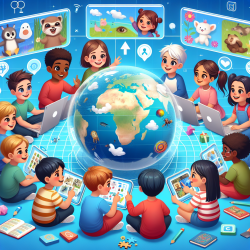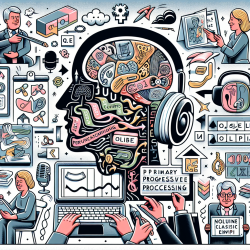The Future of Speech Language Pathology: Virtual Therapy for Kids
As speech-language pathologists, we are on a constant quest to create the best outcomes for children. In recent years, the rise of virtual therapy has transformed how we deliver speech-language services. With data-driven approaches and online therapy services, we are witnessing a revolution in the field that promises to unlock the full potential of every child.
Why Virtual Therapy?
Virtual therapy is not just a trend; it's a powerful tool that offers unique advantages. According to recent studies, online therapy services have shown to be as effective as in-person sessions for many children. This approach provides:
- Accessibility: Children in remote or underserved areas can access high-quality therapy without the need for travel.
- Consistency: Regular sessions are easier to schedule and attend, reducing missed appointments and ensuring consistent progress.
- Engagement: The digital environment can be tailored to be interactive and engaging, capturing the interest of young learners.
Data-Driven Decisions for Better Outcomes
One of the key advantages of virtual therapy is the ability to collect and analyze data in real-time. This data-driven approach allows therapists to:
- Track progress accurately and adjust therapy plans as needed.
- Identify patterns and make informed decisions to enhance therapy outcomes.
- Provide evidence-based feedback to parents and educators, ensuring everyone is aligned in supporting the child's development.
Inspiring Change in the Therapy Landscape
The transition to virtual therapy requires a shift in mindset. As speech-language pathologists, we must embrace technology and continuously seek innovative ways to engage with our young clients. Here are some tips to inspire change:
- Stay informed about the latest research and technology advancements in virtual therapy.
- Engage in professional development opportunities to enhance your skills in delivering online therapy services.
- Collaborate with other professionals to share insights and strategies for effective virtual therapy.
Conclusion
Virtual therapy is not just a convenient alternative; it is a transformative approach that empowers speech-language pathologists to make data-driven decisions and create inspired outcomes for kids. By embracing this innovative method, we can ensure that every child has the opportunity to reach their full potential, regardless of geographical or logistical barriers.
At TinyEYE, we are committed to supporting speech-language pathologists in this journey, providing the tools and resources needed to succeed in the virtual therapy landscape. Together, let's continue to inspire and change the lives of children through the power of online therapy services.










